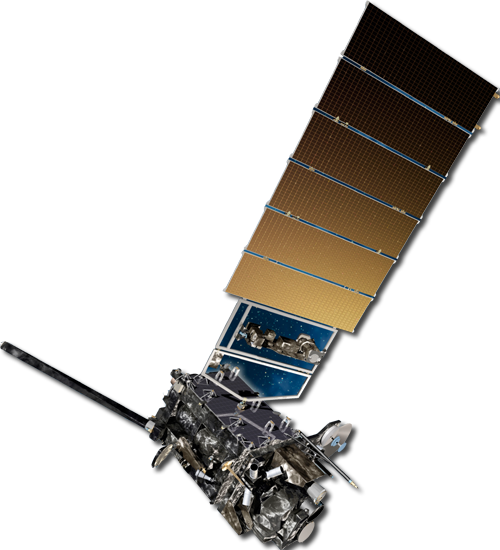The GOES-R and JPSS Satellite Era

GOES-R
Solar Ultraviolet Imager (SUVI)
GOES-R Series satellites carry a sophisticated extreme ultraviolet (EUV) telescope called the Solar Ultraviolet Imager (SUVI). This telescope allows forecasters to monitor the Sun's hot outer atmosphere, or corona. Observations of solar EUV emission aids in the early detection of solar flares, coronal mass ejections (CMEs), and other phenomena that impact the geospace environment.
EUV photons travel at the speed of light and are the first indication we receive at Earth of solar magnetic eruptions and associated flares. These high-energy photons cause changes to the Earth's ionosphere and can result in significant degradation of radio communications, including complete black outs at some frequencies. When SUVI observes a solar eruption there are at least 15 hours before the associated CME arrives at Earth. This allows forecasters at NOAA's Space Weather Prediction Center to issue the appropriate watches, warnings, and alerts for impending geomagnetic storms.

This animation features one hour of SUVI images between 01:29 to 02:29 UTC on June 8th 2024 via two different wavelengths.
| 11 / 12 |





